Melt-blown cloth is mainly made of polypropylene as the main raw material, and the fiber diameter can reach 1 to 5 microns. With many voids, fluffy structure and good anti-wrinkle ability, these ultra-fine fibers with unique capillary structure increase the number and surface area of fibers per unit area, thus making the melt-blown cloth have good filtering, shielding, thermal insulation and oil absorption properties. . It can be used in fields such as air and liquid filter materials, isolation materials, absorption materials, mask materials, thermal insulation materials, oil-absorbent materials and wipers.
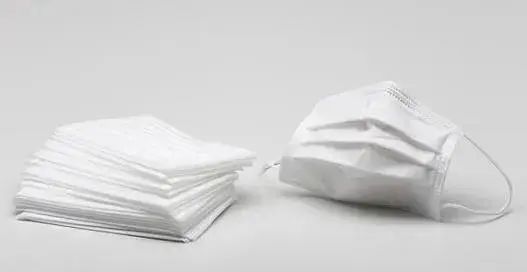
01
Application scope
(1) Medical and health cloths: surgical gowns, protective clothing, disinfection wraps, masks, diapers, women’s Sanitary napkins, etc.;
(2) Cloths for home decoration: wall coverings, tablecloths, sheets, bedspreads, etc.;
(3) Clothing fabrics: linings, adhesive linings, Flake, styling cotton, various synthetic leather base fabrics, etc.;
(4) Industrial fabrics: filter materials, insulation materials, cement packaging bags, geotextiles, covering fabrics, etc.;
(5) Agricultural cloth: crop protection cloth, seedling raising cloth, irrigation cloth, thermal insulation curtain, etc.;
(6) Others: space cotton, thermal insulation and sound insulation materials, linoleum absorbing felt, cigarette filters, Bags, tea bags, etc.

Melt-blown cloth filter material is made of polypropylene ultra-fine fibers randomly distributed and stuck together. The appearance is white, smooth and soft, and the material fibers are fine. The density is 0.5-1.0μm, and the random distribution of fibers provides more opportunities for thermal bonding between fibers, thus giving the melt air filter material a larger specific surface area and higher porosity (≥75%). Through high-pressure electret filtration efficiency, the product has the characteristics of low resistance, high efficiency, and high dust holding capacity.
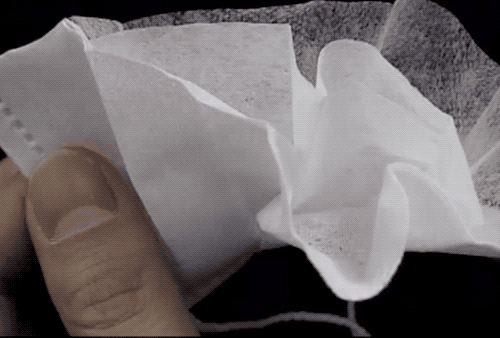
Non-woven fabric (English name: Non Woven Fabric or Nonwoven cloth), also known as non-woven fabric, is composed of directional or random fibers. It is called cloth because it has the appearance and certain properties of cloth.
Non-woven fabrics are moisture-proof, breathable, flexible, lightweight, non-combustible, easy to decompose, non-toxic and non-irritating, rich in color, low-priced, and recyclable. For example, polypropylene (PP material) pellets are mostly used as raw materials, and are produced by a continuous one-step process of high-temperature melting, spinning, laying, and hot-pressing coiling.
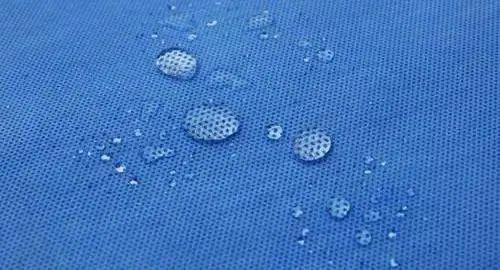
02
Nonwoven Features of cloth
Non-woven fabric has no warp and weft lines, so it is very convenient to cut and sew. It is also light and easy to shape, deep and Loved by craft lovers. Because it is a fabric that does not require spinning or weaving. It just orients or randomly arranges short textile fibers or filaments to form a fiber mesh structure, and then uses mechanical, thermal bonding or chemical methods to reinforce it.
It is not interwoven and knitted together by yarns one by one, but the fibers are directly bonded together through physical methods. Therefore, when you get the adhesive in your clothes, When lining, you will find that you cannot pull out the threads one by one. Nonwovens break through traditional textile principles and have the characteristics of short process flow, fast production rate, high output, low cost, wide use, and multiple sources of raw materials.
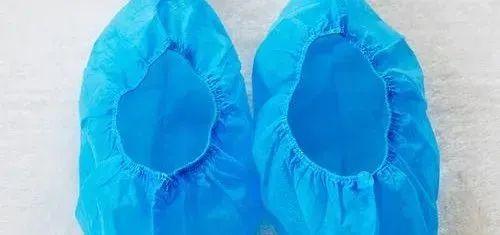
03
Nonwoven The relationship between cloth and spunbond fabric
Spunbond fabric and non-woven fabric are subordinate. There are many production processes for the manufacture of non-woven fabrics, among which the spunbond method is one of the non-woven production processes (including spunbond method, melt-blown method, hot rolling method, spunlace method, most of which are currently on the market. Non-woven fabrics produced by spunbond method).
Based on the composition, non-woven fabrics include polyester, polypropylene, nylon, spandex, acrylic, etc.; different compositions will have completely different styles of non-woven fabrics. Spunbond fabric usually refers to polyester spunbond and polypropylene spunbond; the styles of these two fabrics are very close and can only be distinguished through high-temperature testing.
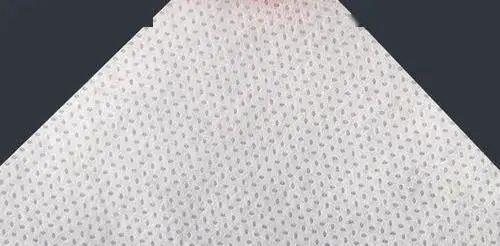
Non-woven fabric is a kind of non-woven fabric. It directly uses polymer slices, short fibers or filaments to pass the fibers through air flow or It is mechanically formed into a mesh, then reinforced by hydroentanglement, needle punching, or hot rolling, and finally finished to form a non-woven fabric.
A new type of fiber product with soft, breathable and flat structure. The advantage is that it does not produce lint, is strong, durable and silky soft. It is also a kind of reinforcing material and has a cotton feel. Compared with cotton fabrics, non-woven bags are easier to shape and cheaper to make.
04
Advantages of non-woven fabrics
1. Lightweight: Polypropylene resin is used as the main raw material, with a specific gravity of only 0.9, only three-fifths of cotton. It is fluffy and feels good.
2. Soft: It is composed of fine fibers (2-3D) and is formed by hot-melt bonding. The finished product has moderate softness and comfort.
3. Water-repellent and breathable: Polypropylene chips do not absorb water and have zero moisture content. The finished product has good water-repellency. It is composed of 100% fiber and is porous and breathable. It is easy to keep the cloth surface dry and easy to wash.
4. Non-toxic and non-irritating: The product is produced with FDA food-grade raw materials, does not contain other chemical ingredients, has stable performance, is non-toxic, has no peculiar smell, and does not irritate the skin.
5. Antibacterial and antichemical agents: polypropylene
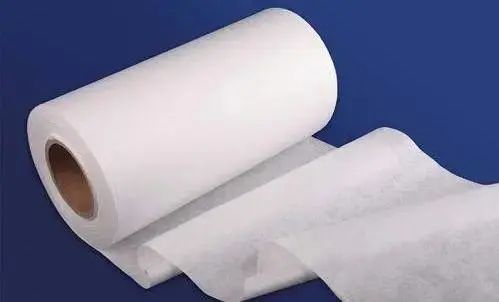
05
Advantages of graphene non-woven fabrics
1. Antibacterial and antibacterial functions
The unique two-dimensional structure of the mineral graphene allows it to have strong dispersion interactions with the phospholipid molecules on the bacterial cell membrane. When graphene comes into contact with the bacterial cell membrane, it can induce the phospholipid molecules on the cell membrane to break away from the cell and climb up. Climb onto the surface of biomass graphene, thereby achieving large-scale direct extraction of phospholipid molecules on the cell membrane by graphene, thereby destroying the bacterial cell membrane and killing the bacteria through physical effects.
2. Far-infrared function
Graphene’s far-infrared function can absorb more than 88% of far-red light at a wavelength of 6-14 microns at a low temperature of 20-35 degrees. , helps accelerate the skin surface temperature, dilate capillaries, and improve the body’s microcirculation.
Can be used for medical protective gear – protective clothing, surgical gowns, masks, hats, etc.







